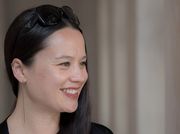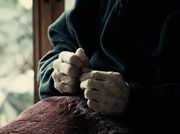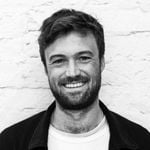Born of Afghan Hazara parentage, Khadim Ali grew up on the Pakistan/Afghanistan border. His parents hoped to one day return to their family lands in Bamiyan, Afghanistan. As a child, Ali was deeply influenced by his grandfather, a Shanamah singer, and by the miniature paintings that illustrated the stories of the Shanamah, a tenth-century epic poem.
Read MoreAli studied miniature painting at the National College of Arts, Lahore and calligraphy at Tehran University, Iran. The artist's intricate works encompass imagery from history, politics, literature, poetry and mythology to explore contemporary events such as the civil war in Afghanistan and personal experiences of persecution, displacement and discrimination.
Born 1978, Quetta, Pakistan. Lives and works Quetta and Sydney, New South Wales.
Text courtesy Museum of Contemporary Art Australia





